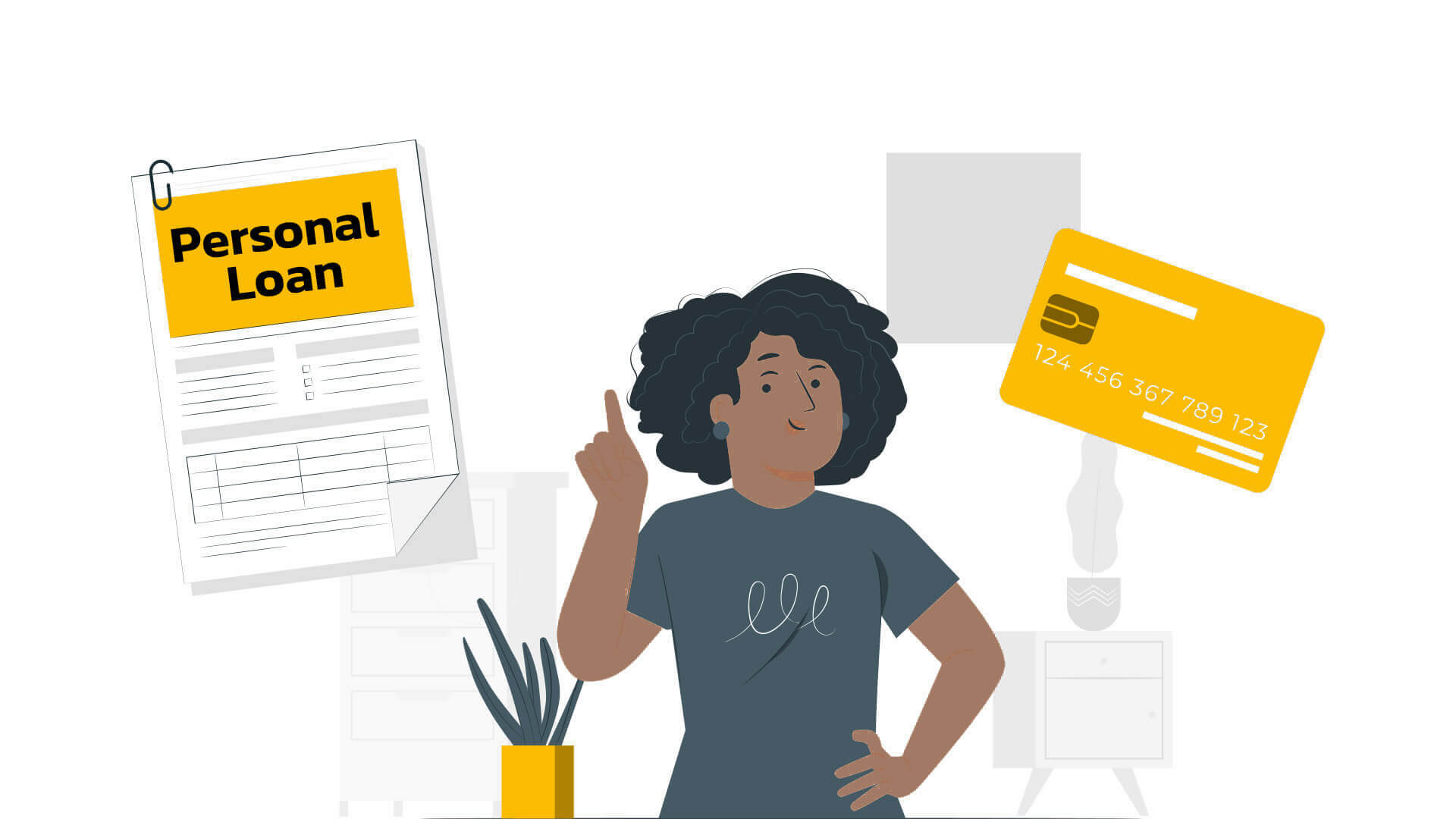Personal loans vs. credit cards: Which one is better for borrowing?

When you need extra cash, two of the most common borrowing options are personal loans and credit cards. While both provide access to funds, they serve different purposes and come with unique advantages.
🏦 Step 1: Understanding personal loans
A personal loan is a lump sum borrowed from a bank, repaid in fixed monthly installments over a set period.
✅ Higher Borrowing Limits: MCB offers personal loans up to MUR 1.5 million.
✅ Lower Interest Rates: Compared to credit cards, personal loans often have lower interest rates.
✅ Structured Repayment Plan: Fixed monthly payments help with budgeting.
✅ Longer Repayment Terms: Typically ranges from 1 to 7 years, allowing flexibility.
📌 Example: If you need MUR 500,000 for home renovations, a personal loan with a fixed repayment term of 5 years is a cost-effective way to finance it.
💡 Pro Tip: Use MCB’s Personal Loan Calculator to estimate your monthly repayments.
💳 Step 2: Understanding credit cards
A credit card provides a revolving line of credit that allows flexible borrowing.
✅ Ideal for Short-Term Borrowing: Best for daily purchases and emergencies.
✅ Minimum Monthly Payments Available: Unlike personal loans, you can pay off your balance partially or in full.
✅ Rewards & Cashback: Some credit cards offer perks like discounts.
✅ Higher Interest Rates: If unpaid, credit card balances accumulate interest at higher rates than personal loans.
📌 Example: If you need MUR 20,000 for unexpected car repairs, using a credit card and repaying within the interest-free period is a great option.
💡 Pro Tip: Choose an MCB Credit Card that fits your spending habits and pay off the balance in full each month to avoid high-interest charges. 👉 Explore MCB Credit Cards.
🔄 Step 3: What is an overdraft?
An overdraft is a short-term borrowing facility linked to your bank current account, allowing you to withdraw more money than you have. (Upon agreed limit )
✅ Flexible Borrowing: You only pay interest on the amount used.
✅ Great for Emergencies: Provides a financial cushion when unexpected expenses arise.
✅ Can Be Paid Back Anytime: Overdrafts at MCB can be repaid partially or fully before maturity.
✅ Higher Interest Rates: Compared to personal loans, overdrafts generally have higher interest rates.
📌 Example: If your account balance is MUR 5,000, but you need MUR 15,000, an overdraft facility allows you to access extra funds without taking a full loan.
💡 Pro Tip: Consider an MCB Overdraft Facility if you need occasional access to extra funds without committing to fixed monthly repayments.
📊 Step 4: Personal loan vs. credit card vs. overdraft – Which one should you choose?
Feature | Personal Loan | Credit Card | Overdraft |
Best For | Large expenses (education, home improvement, medical bills) | Everyday purchases & emergencies | Short-term cash flow gaps |
Borrowing Limit | Up to MUR 1.5 million | Based on credit limit | Flexible, depends on income |
Interest Rates | Lower than credit cards | Higher if balance isn’t paid off | Higher than personal loans |
Repayment | Fixed monthly installments | Pay in full or minimum amount | Flexible, repay anytime |
Perks & Benefits | Predictable repayment plan | Offers | Instant access to funds |
📌 Example: If you need MUR 300,000 to consolidate debt, a personal loan is the best option due to lower interest rates and structured repayments.
💡 Pro Tip: Use a credit card for daily expenses, a personal loan for major expenses, and an overdraft for emergencies.
📌 Takeaways: The best borrowing option depends on your needs
✔ Use a personal loan for large, planned expenses with fixed repayments.
✔ Use a credit card for smaller, short-term purchases with rewards.
✔ Use an overdraft for emergency cash flow needs.
✔ MCB credit facilities can be repaid partially or fully before maturity, depending on the product.
✔ Compare interest rates and repayment terms to choose the best option.




